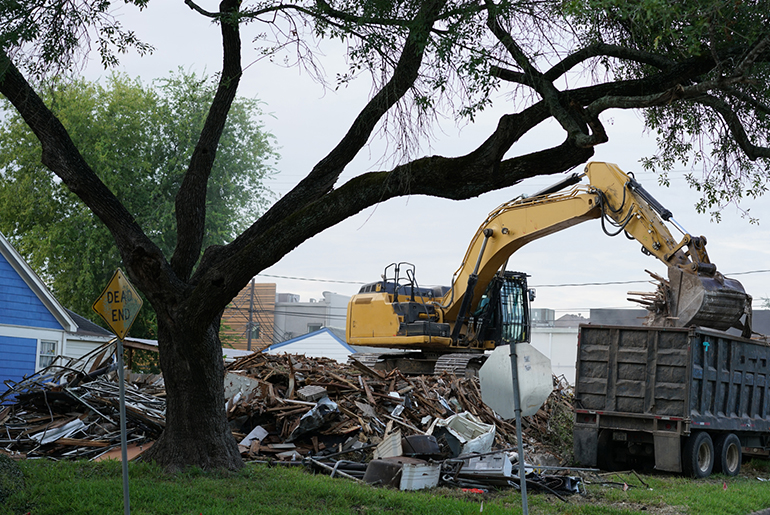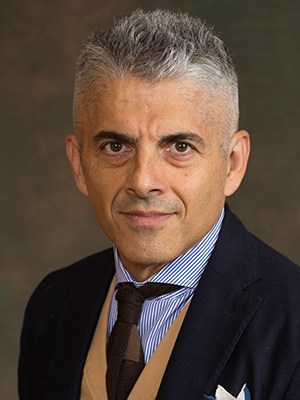
While it isn’t a hurricane, labor trafficking is the perfect storm. Subtle and hard to track, this type of involuntary servitude is often present in the recovery period following a natural disaster. With rebuilding underway, a team of researchers from Texas A&M University and The University of Texas at Austin is taking a deeper look into post-Harvey Houston to find new ways to combat construction-related labor exploitation and trafficking.

The project is funded by the National Science Foundation’s Early-concept Grant for Exploratory Research program (NSF EAGER). Dr. Eleftherios Iakovou, director of manufacturing and logistics innovation initiatives at the Texas A&M Engineering Experiment Station (TEES) and professor in the Department of Engineering Technology and Industrial Distribution at Texas A&M, will be co-leading the study. The team also includes Dr. Yanling Chang, Corrie and Jim Furber ’64 Faculty Fellow and assistant professor in the department.
The UT Austin team will be led by Dr. Matt Kammer-Kerwick, a research scientist at the university’s IC² Institute.
Labor trafficking is a form of human trafficking that occurs when a person is forced or coerced into a job with little or no compensation. Hidden in plain sight, the most common victims are refugees, impoverished people and immigrant workers in the construction, manufacturing and mining industries.
“A lack of visa portability, withholding of passports and high recruitment fees are some of the risks contributing to the increased vulnerability of construction workers and the emergence of illicit supply chains in the sector,” Iakovou said. “The industry is further characterized by informal, part-time and temporary working relationships.”
Because these laborers are lacking financial security, they can be easily intimidated and are more prone to exploitation and accepting dangerous working conditions.
The lingering chaos and need to rebuild after a natural disaster opens the door to the complicated illicit supply chains that lead to the trafficking of temporary workers.
With their two-year NSF EAGER grant, Iakovou’s team is finding new ways to break those chains.
Using the post-Harvey Houston construction industry as a foundation of the study, the researchers can better understand how trafficking networks function in and are affected by a post-catastrophe environment. Using information gathered while interviewing post-Harvey cleanup laborers, the researchers will model human trafficking and exploitation and identify interventions that can be used to cut down on the behaviors that lead to construction-related trafficking. This exploration of the current systems used for disrupting exploitation will provide policymakers, regulators and companies essential guidance about how to identify and fight trafficking in the future.
In addition to broadening research opportunities and involvement in ending harmful supply networks, this project hopes to ensure that the suffering from a natural disaster ends with the storm.
“This could assist in making the state of Texas a fairer and more transparent place to live and work while addressing a pressing societal problem,” Iakovou said.
